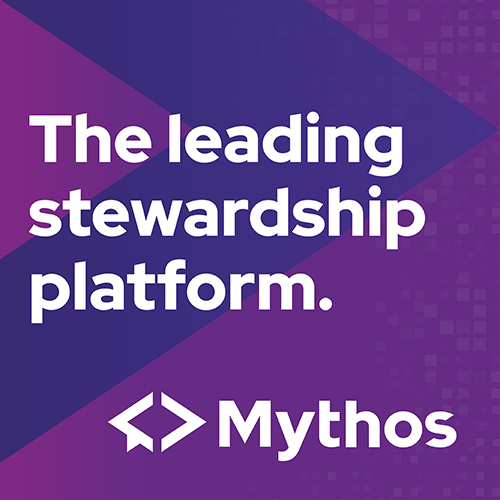 Name: Eileen Bastien
Name: Eileen BastienInstitution: Seton Hall University
Position: Senior Director of Stewardship and Donor Engagement
Can you tell us about your career trajectory? How did you come into donor relations as a career?
Straight out of college, I joined the fashion industry convinced that I would be fulfilled by beautiful garments, celebrity designers and the evolution of culture through the fashion lens. After eight years, I realized that none of it fueled my spirit. I needed more. So, I left the industry and joined a small college in New York City, where I learned that there was more to life than the latest dress trends. I sincerely believe that if you are not progressing in life, you will not achieve happiness. Working in higher education keeps me in close proximity to learning, growing, and inspiring others.
What influenced your interest in and passion for donor relations?
Throughout my career in higher education, I have been driven by a deep passion for donor relations, stewardship, and building meaningful connections. With over 20 years of experience in engagement, communications, marketing, and stewardship within the nonprofit sector, I have had the privilege of making a lasting impact in the lives of both donors and the organizations I have worked with.
From my early days as an admissions/financial aid associate to my current role as senior director for stewardship and donor engagement, my journey has been defined by a commitment to cultivating relationships and fostering a culture of philanthropy. I have been fortunate to work with diverse populations and engage with high-net-worth individuals, aligning their passions with impactful initiatives.
What lessons, words of advice/inspiration would you like to pass on to other donor relations professionals?
As I continue to learn and grow, I actively seek opportunities to stay at the forefront of industry best practices. I highly encourage other donor relations professionals to invest in your own growth by connecting with other professionals. Learn from others and watch your career blossom.
Philanthropy has the power to shape a better world, and I am honored to play a role in facilitating those transformative connections between donors and organizations. In my journey, I have come to realize that donor relations is not just a career, but a calling. It is a privilege to build bridges, nurture relationships, and witness the remarkable outcomes that emerge when passionate individuals come together to create positive change.
Can you talk about a specific donor engagement or stewardship activity that makes you feel like you are providing the best experience for donors?
One of the most rewarding experiences of my career has been witnessing the transformative power of philanthropy through a donor’s journey of discovering where he would have the greatest transformative impact. This donor supported many areas, but never once did he consider a personal hobby a possibility.
It’s encounters like these that have fueled my dedication to creating personalized stewardship programs that honor donors and provide them with a meaningful connection to the causes they care about.
Connection to ADRP:
When did you become an ADRP member?
I joined ADRP in the early 2000s. Prior to that, I attended the New England Stewardship Conference.
Why is ADRP membership important to you?
Stewardship and donor relations are often misunderstood. Is it art or is it science? It is both. As a member of ADRP, I am fortunate to connect with visionary and progressive professionals who empower and support me as I grow and expand in the art and science of donor relations and stewardship.
ADRP is universally recognized as the authority on donor engagement for the philanthropy profession. In your own words, how does ADRP serve you in the form of professional development?
There is an old African Proverb that answers this question for me: If you want to go fast, go alone. If you want to go far, go together.
ADRP empowers you to go far.
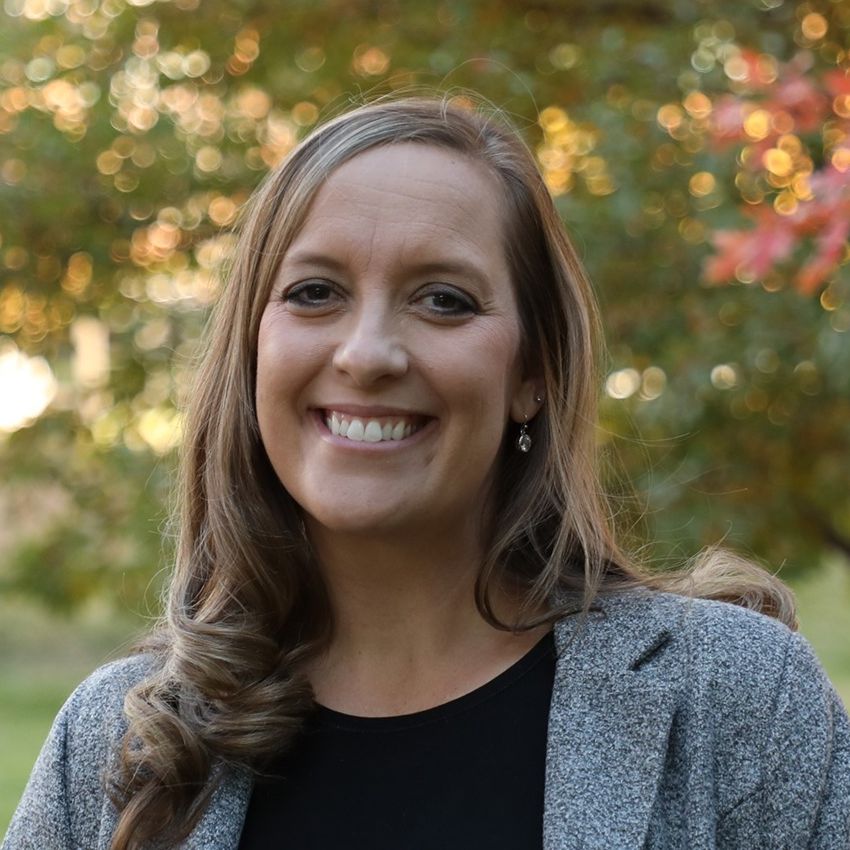 Asst. Vice Chancellor for External Relations
Asst. Vice Chancellor for External Relations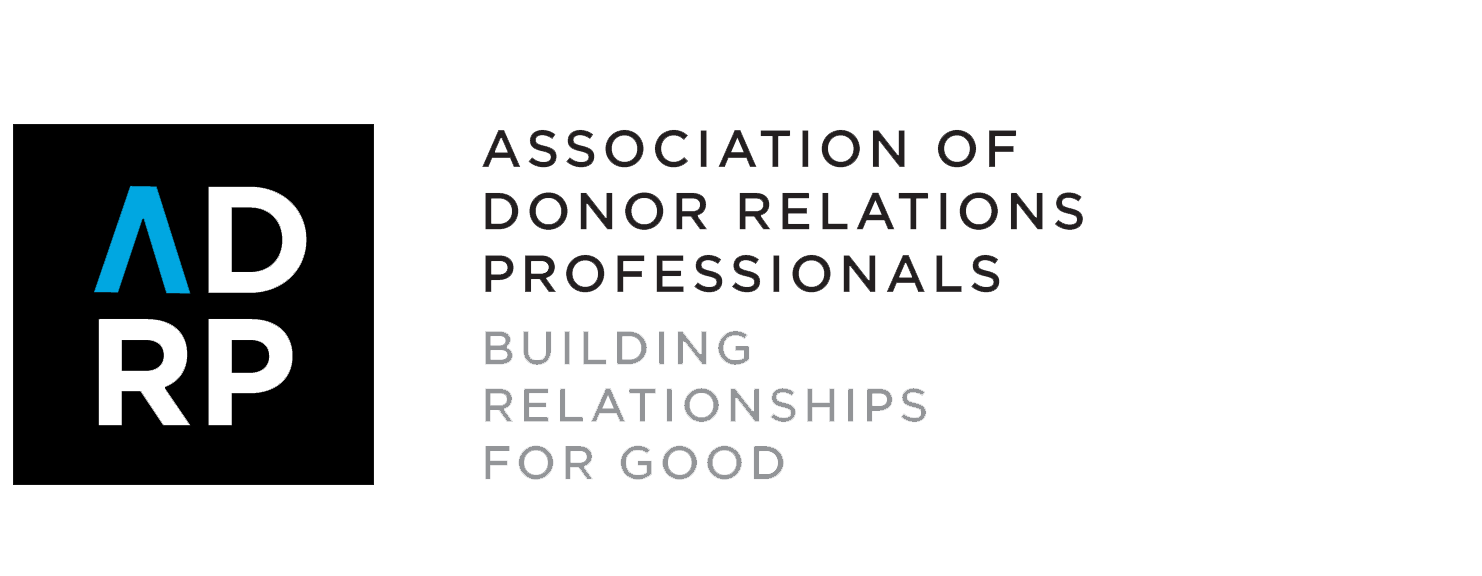
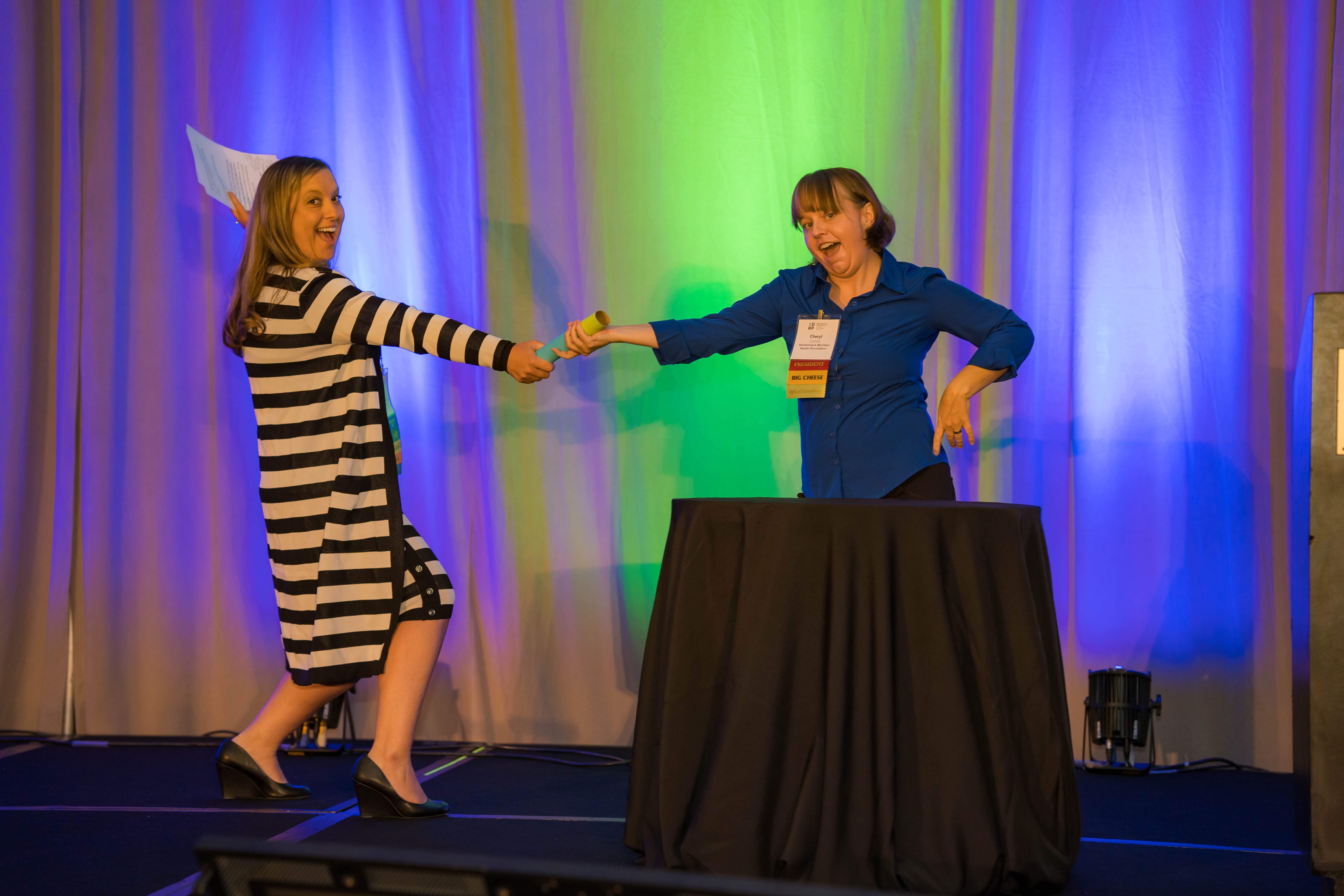
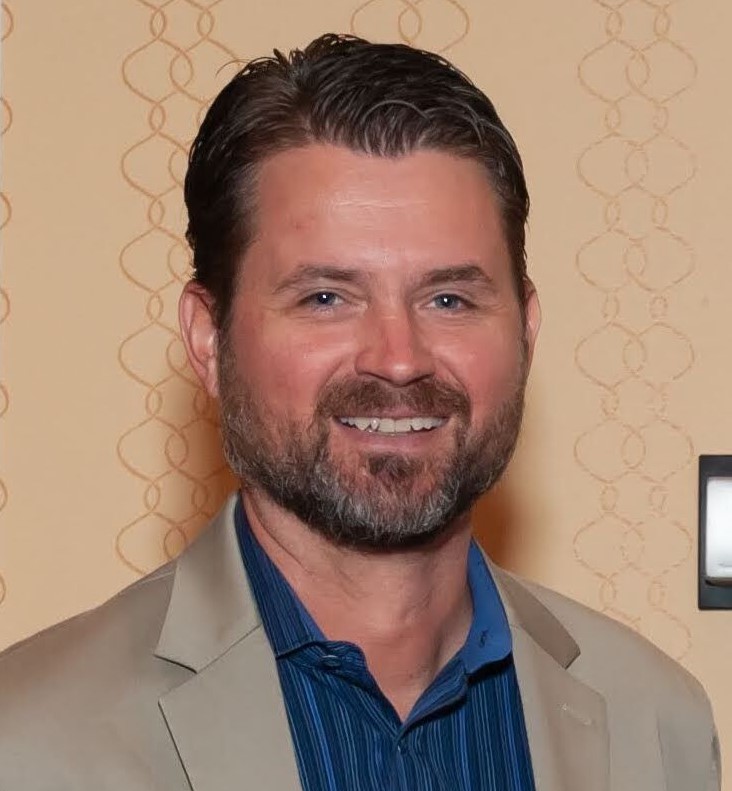 Robb Hoffheins
Robb Hoffheins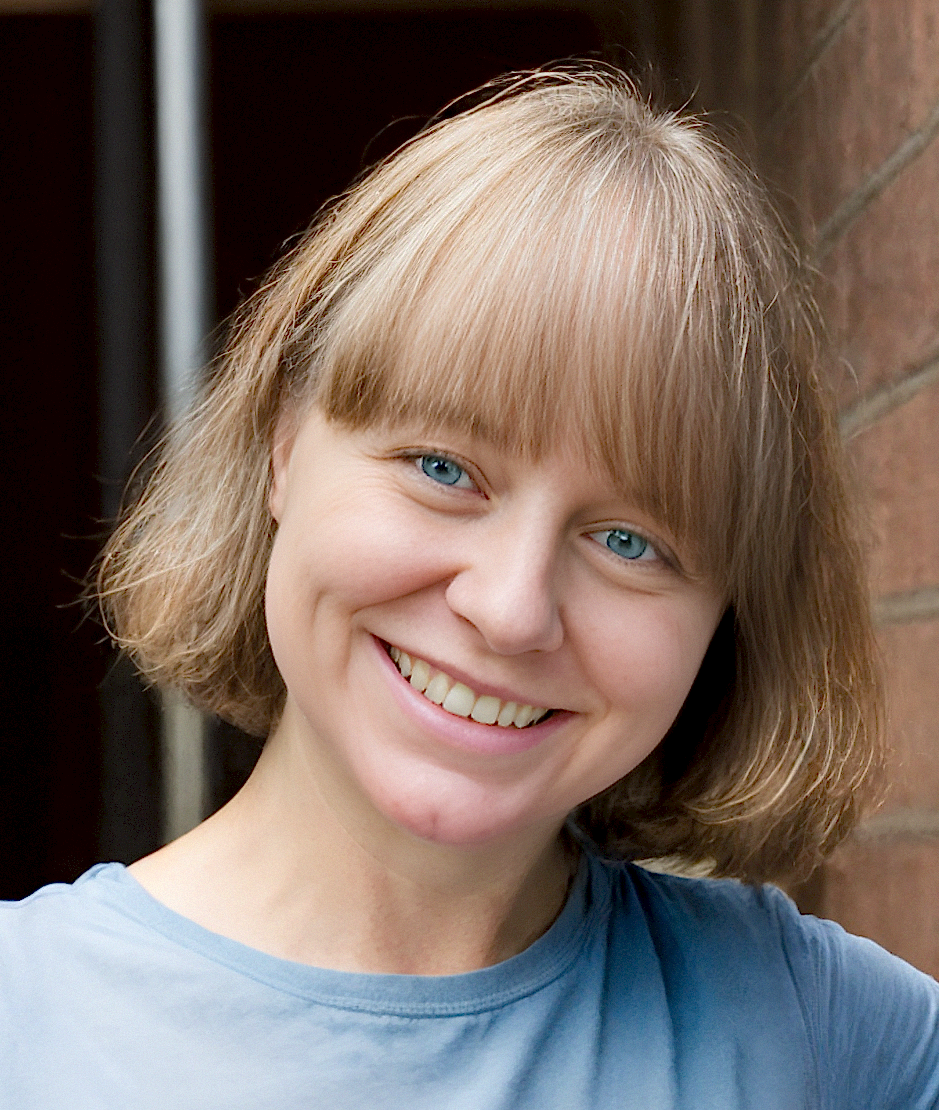 Cheryl Smith Lintner
Cheryl Smith Lintner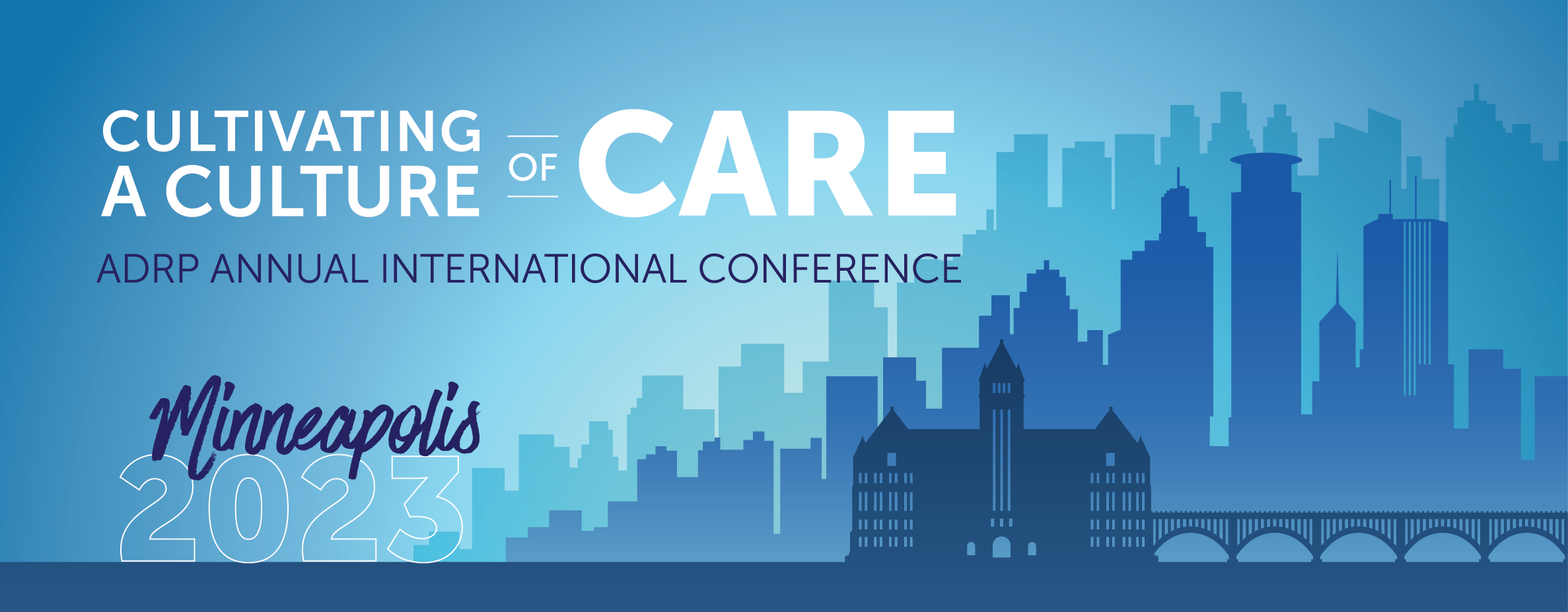

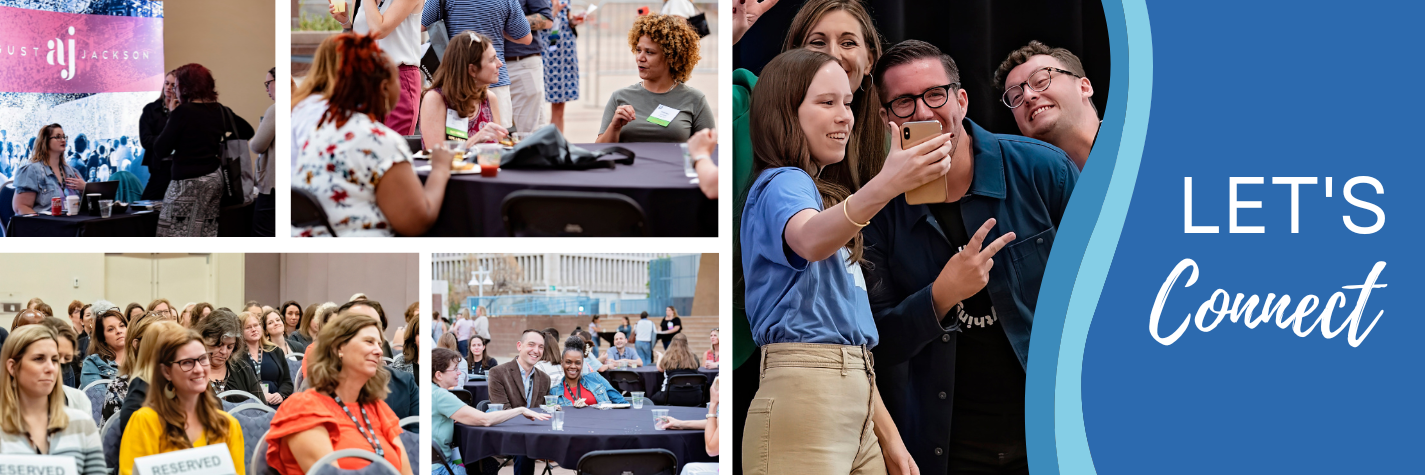
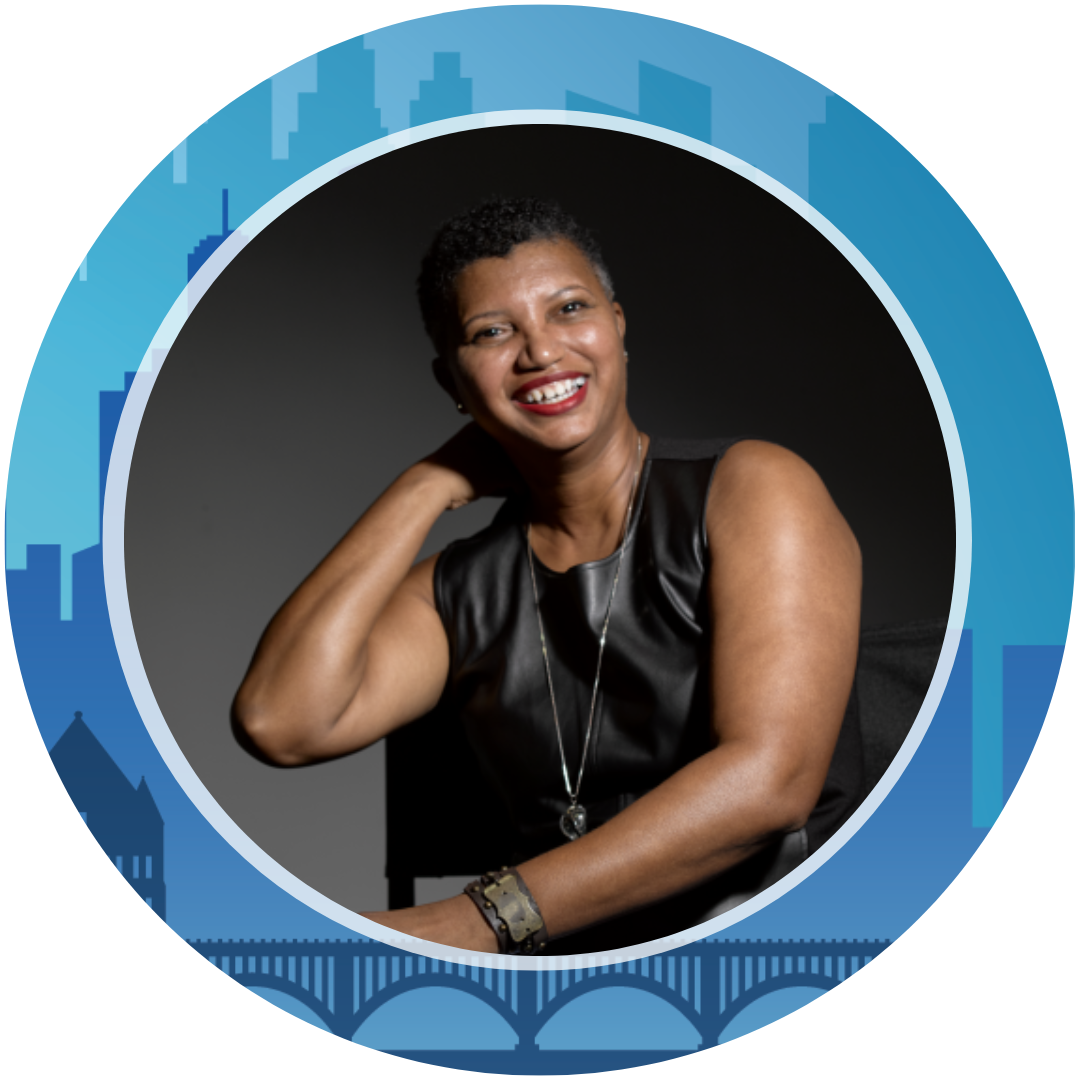
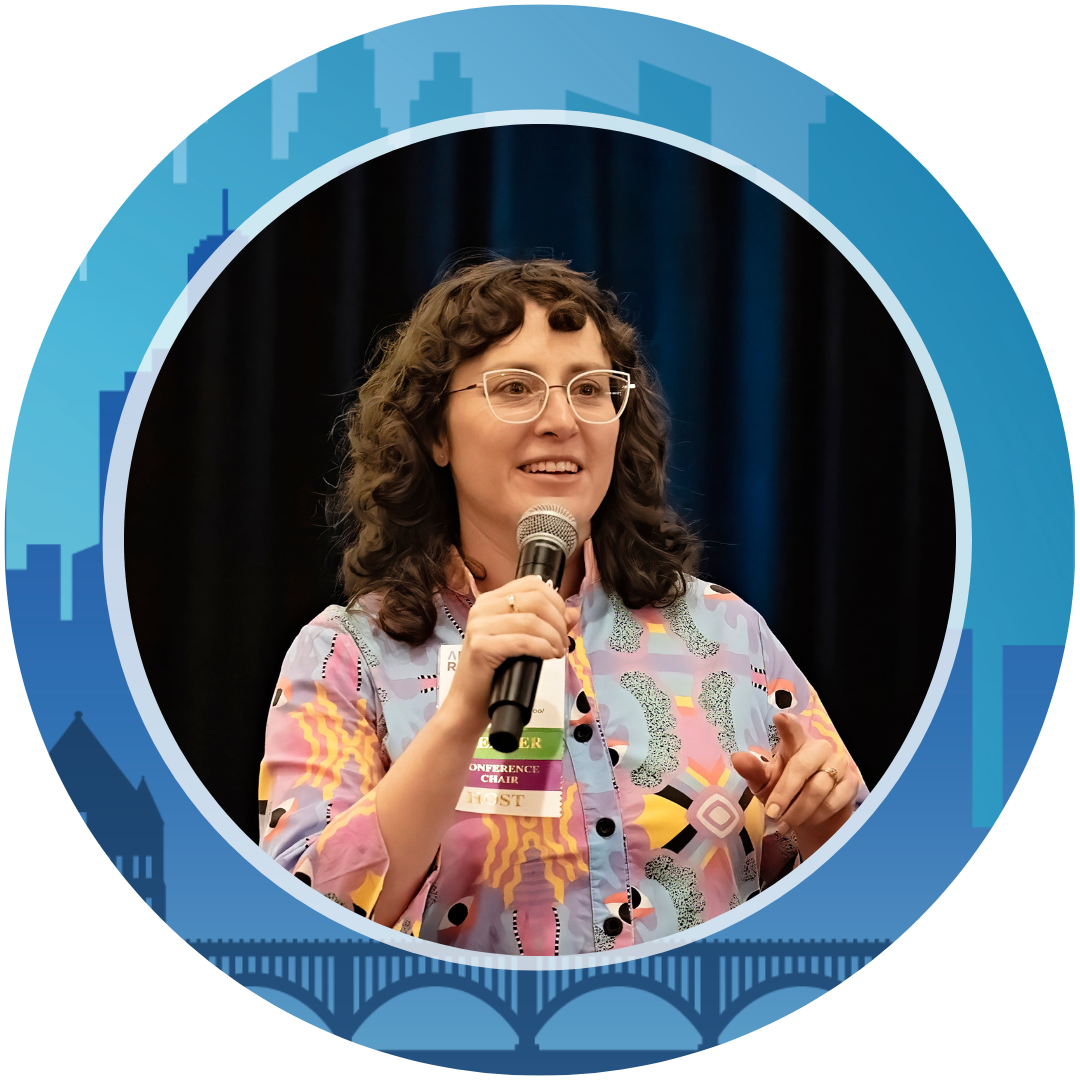
 Cheryl Smith Lintner
Cheryl Smith Lintner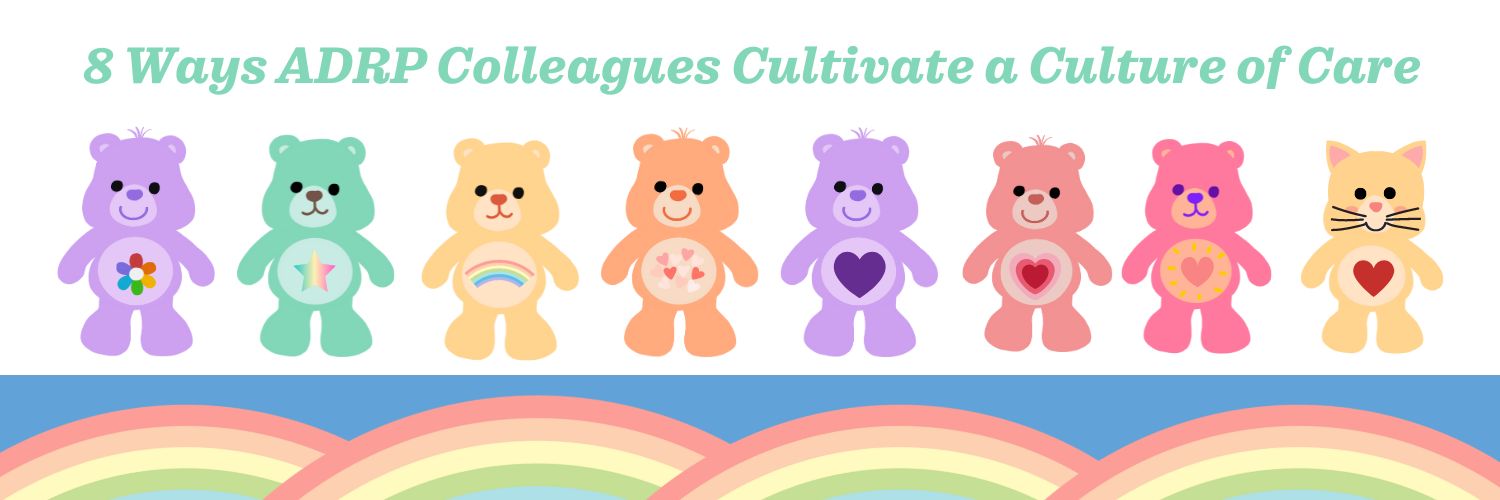
 Name: Eileen Bastien
Name: Eileen Bastien Barbara C. Mlawer
Barbara C. Mlawer Will León
Will León
